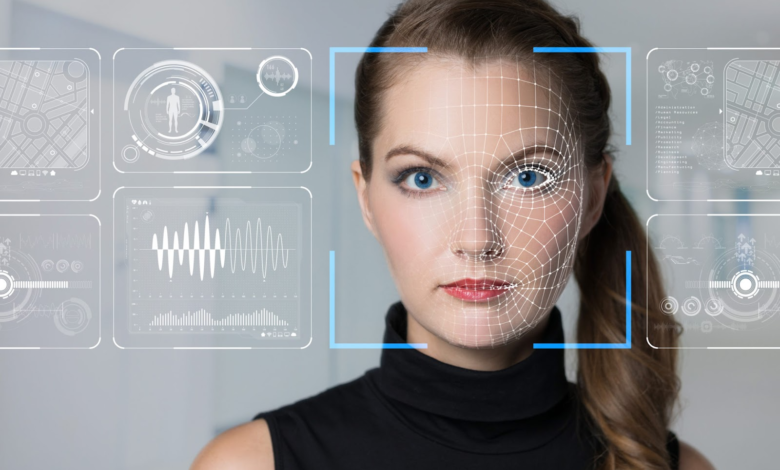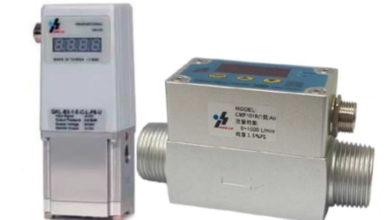Liveness Detection Technology: The New Frontline Against Deepfakes

Liveness detection is a security technology that checks whether a face or biometric input is coming from a real, physically present human rather than a photo, video or mask. It is used in face recognition systems to ensure that someone is not trying to cheat identity verification using a fake image. Instead of just matching a face, liveness detection proves that the face is alive and responding in real time.
How Does Liveness Detection Work?
There are two main approaches. In active liveness detection, the user is asked to perform actions such as blinking, turning their head or smiling. The system then checks if these movements are genuine. In passive liveness detection, the system analyses the face silently without asking the user to do anything. It studies skin texture, reflections, lighting and depth to determine if the face is real. Passive methods are becoming more popular because they are faster and more user-friendly.
Why Traditional Liveness Detection Is No Longer Enough
Older liveness systems were built to stop basic attacks like printed photos or replayed videos. However, criminals now use deepfake technology to create AI-generated faces that can move and react like real humans. A simple smile or head turn is no longer proof of real identity. Deepfakes can even mimic eye movements and facial muscles, making it harder to detect fraud.
What Is Deepfake Detection?
Deepfake detection is the process of identifying AI-generated faces and videos. Even though deepfakes look realistic, they often contain digital flaws. These include unnatural skin smoothing, irregular blinking, distorted reflections in the eyes or tiny flickering artefacts. Deepfake detection tools analyse these details frame by frame to determine if a face is synthetic.
Why Liveness Detection Needs Deepfake Detection
Liveness detection alone can confirm that something is moving, but it cannot always confirm who is moving. A deepfake video played on a screen can pass basic liveness tests. This is why both technologies must work together. Liveness detection checks for real-time presence, while deepfake detection checks for authenticity. Together, they provide a complete defence against modern identity fraud.
Where Liveness Detection Is Used Today
Liveness detection is now used in digital banking, mobile wallets, ride-hailing apps, online exams and remote job verification. Many platforms also use it for age verification, especially on social media and gaming websites. Instead of uploading documents, users simply take a live selfie to prove who they are.
The Future of Liveness Detection
The next generation of liveness technology will be silent and continuous. Instead of checking only once during login, systems will keep monitoring subtle movements during the entire session. Future solutions will also combine facial liveness with voice, behaviour and device movement to build a stronger identity profile. The goal is to make security invisible to real users while blocking AI-generated intruders.
Final Thought
Liveness detection started as a simple anti-spoofing feature, but it has now become a major frontline defence against deepfakes. As artificial intelligence gets stronger, identity verification must evolve with it. A real face is no longer enough it must be a living and authentic one.




